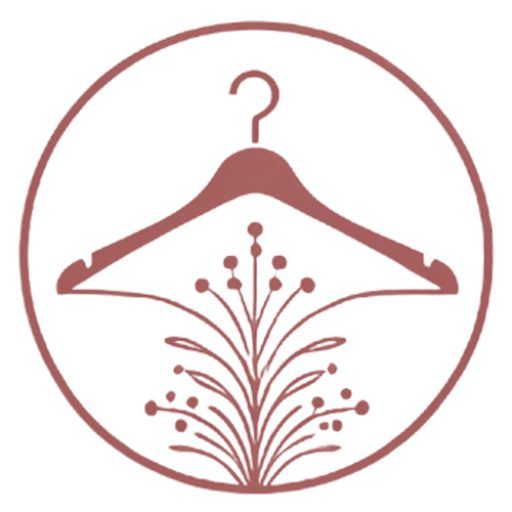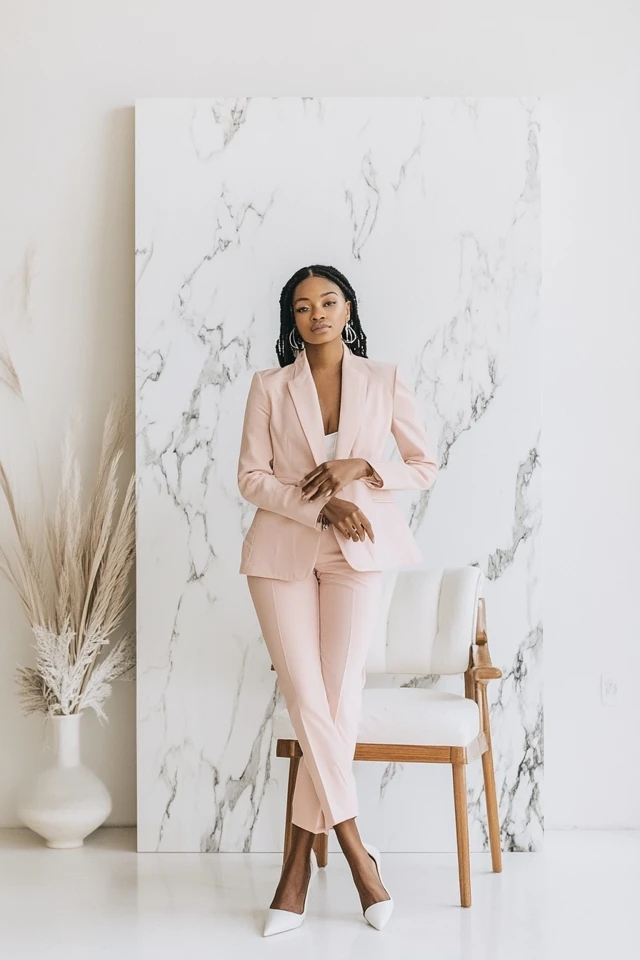Introduction
Imagine stepping into a room, dressed head-to-toe in a single color. Your outfit doesn’t just look polished; it emanates a quiet confidence and an effortless elegance that turns heads without trying too hard. That’s the magic of monochromatic dressing.
Monochromatic outfits — styling with different shades, tones, or textures of one color — are often misunderstood as limiting or boring. But in reality, they’re a playground of sophistication and creativity. Think of the allure of an all-white ensemble on a summer day, the drama of head-to-toe black for an evening event, or the warmth of layered earthy tones in the fall.
About the Author and My Trend Boutique
This style isn’t just about aesthetics; it’s a practical approach to building a wardrobe that feels cohesive and intentional. With monochromatic dressing, you eliminate the guesswork of color coordination while maximizing impact. It’s perfect for anyone who values minimalism but loves making a statement.
In this guide, we’ll unlock the art of monochromatic outfits that exude elegance, diving into the psychology of single-color dressing, how to create dimension with textures and shades, and practical ideas for incorporating this timeless trend into your wardrobe.
Foundational Concepts
What is Monochromatic Dressing?
At its core, monochromatic dressing means wearing one color from head to toe. This could mean sticking to a single shade (e.g., all navy) or playing with a spectrum of tones within the same color family (e.g., baby blue, cobalt, and navy).
The beauty of this approach lies in its simplicity. When done right, monochromatic outfits look sleek, harmonious, and effortlessly chic. But here’s the trick: creating a monochromatic look isn’t just about picking one color and calling it a day. The magic lies in balancing shades, incorporating textures, and accessorizing thoughtfully.
Why It Works
- Visual Cohesion: Dressing in one color creates a streamlined, elongated silhouette that flatters all body types.
- Sophistication: Monochromatic outfits feel elevated, no matter the occasion or color you choose.
- Versatility: This styling technique works with every hue, from neutrals like beige and gray to bold colors like emerald or burgundy.
- Ease: No more stressing over color matching — monochromatic dressing simplifies the process without sacrificing style.
Monochromatic Myths
- It’s boring: Not true! Mixing textures, tones, and accessories can make monochromatic outfits incredibly dynamic.
- It’s only for neutrals: While black and white are classic, bold colors like red, pink, or green can look just as refined when styled monochromatically.
- It’s not flattering on everyone: Monochromatic dressing elongates the body and creates a clean, flattering line. The key is selecting the right tones for your skin and body type.
Color Psychology & Emotional Impact
Colors are not just aesthetic choices; they evoke emotions, set moods, and even influence how others perceive you. Here’s how the psychology of color can shape your monochromatic look:
- Black: The ultimate power color. A head-to-toe black ensemble exudes sophistication, authority, and mystery. Perfect for formal occasions or days when you want to feel unstoppable.
- White/Ivory: Clean, fresh, and timeless, white outfits radiate elegance and a sense of purity. A monochromatic white look is especially striking in the summer or at formal events.
- Gray: Understated and versatile, gray conveys calmness and neutrality. Layering various shades of gray can create a luxurious, textural effect.
- Navy: A softer alternative to black, navy feels classic and dependable. It’s a fantastic option for office wear or evening events.
- Earth Tones (Beige, Camel, Olive): These warm, grounding shades are perfect for creating a cozy yet polished look. They’re particularly flattering on warm undertones.
- Bold Colors (Red, Emerald, Burgundy): These rich, jewel-like tones make a statement while maintaining elegance. A monochromatic red outfit, for instance, communicates passion and confidence.
- Pastels (Blush Pink, Lavender, Baby Blue): Soft and romantic, pastels lend an air of femininity and grace. Perfect for springtime events or daytime outings.
Understanding the psychology behind your chosen color allows you to dress with intention, amplifying the impact of your monochromatic outfit.
Personal Style & Body Type Considerations
When crafting a monochromatic look, it’s crucial to consider your personal style and body type to ensure the outfit complements your shape and reflects your personality.
Tips for Different Body Types
- Petite Figures: Stick to lighter shades and avoid harsh contrasts to elongate your frame. A monochromatic outfit in blush pink or cream can create the illusion of height.
- Tall Figures: Break up the outfit with varied textures or tonal differences. For example, pair a smooth satin top with a knit skirt in the same color family.
- Curvy Figures: Opt for darker tones like navy or burgundy to create a slimming effect. Define your waist with a belt in a matching shade to enhance your silhouette.
- Athletic Builds: Use layered textures and flowing fabrics to add softness and dimension to your look.
Selecting the Right Hue for Your Skin Tone
- Warm Undertones: Go for earthy tones like camel, terracotta, or olive.
- Cool Undertones: Jewel tones (like sapphire or emerald) and icy pastels (like lavender) work beautifully.
- Neutral Undertones: Experiment with a mix of both warm and cool shades — you have endless possibilities!
Picture Gallery
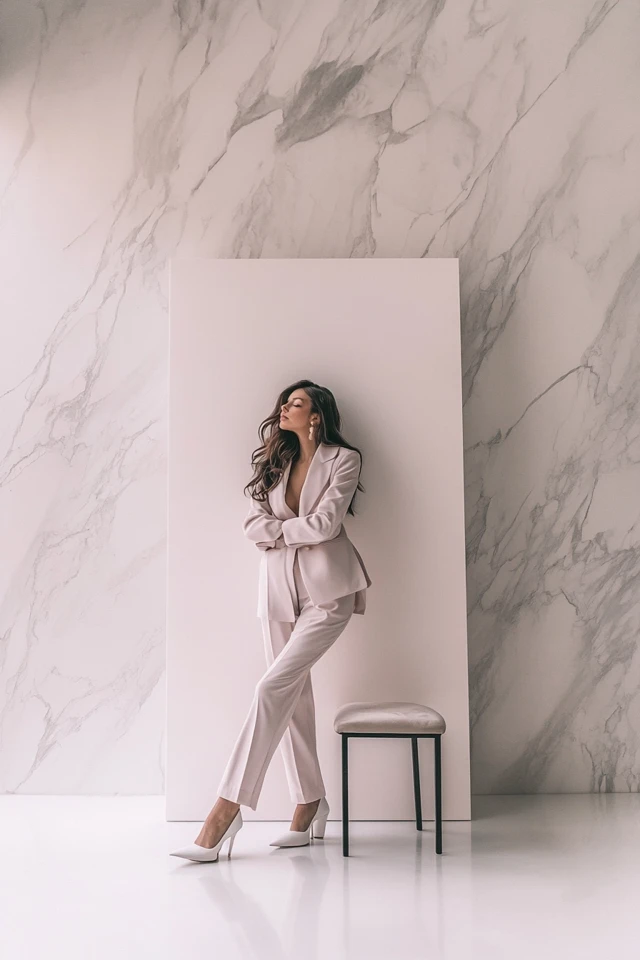
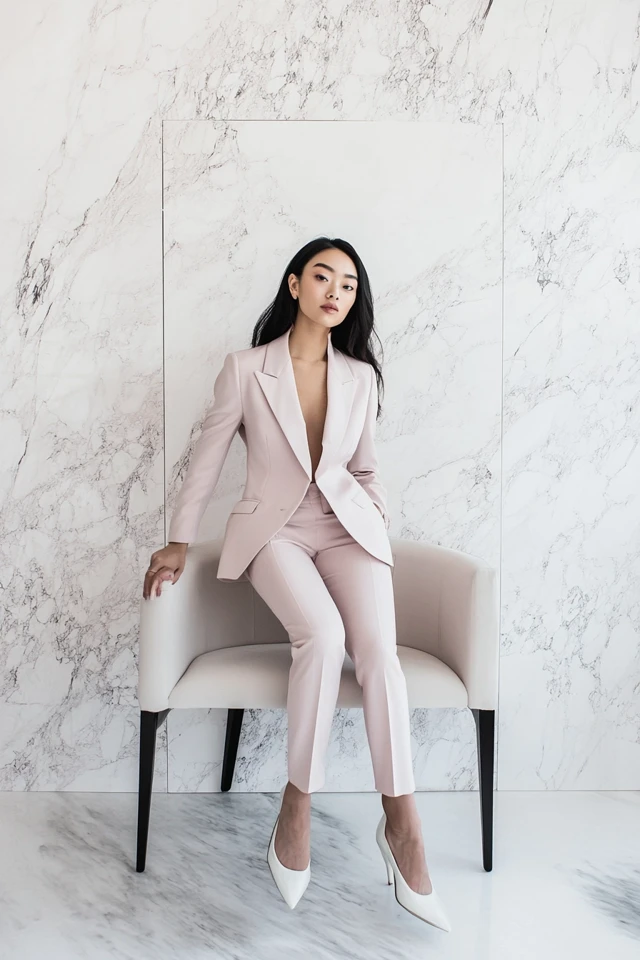
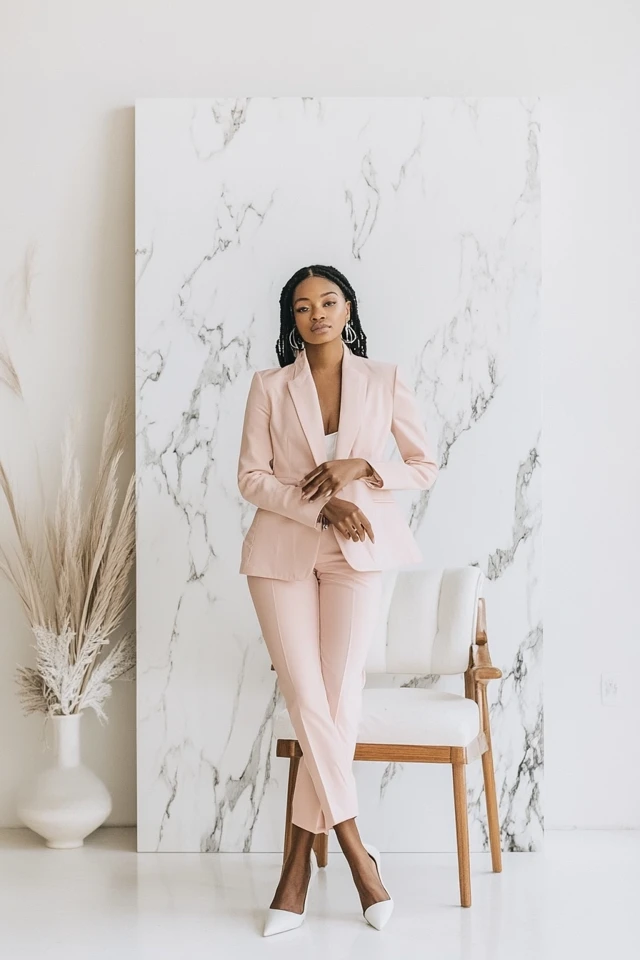
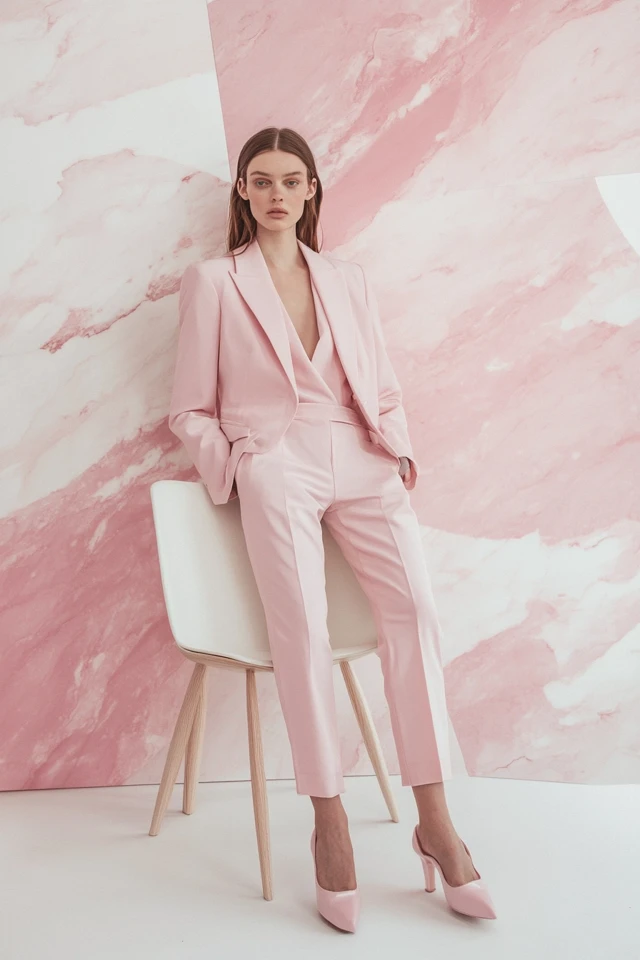
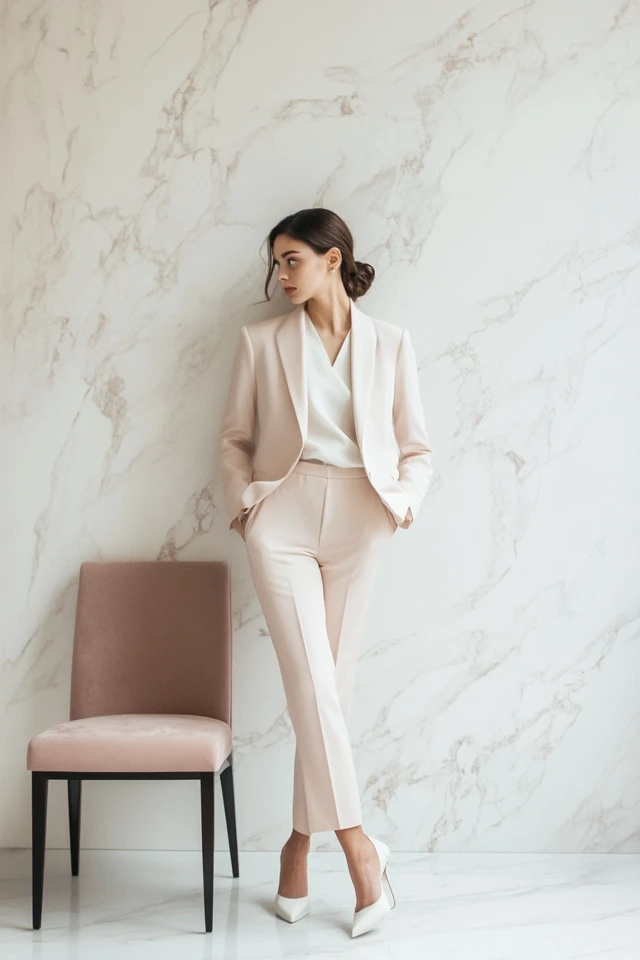
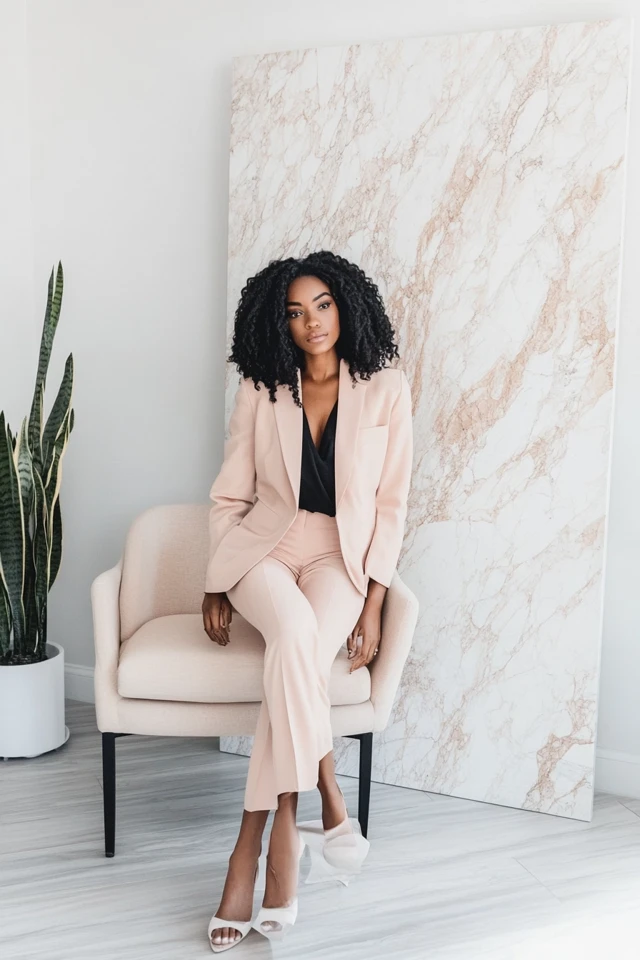
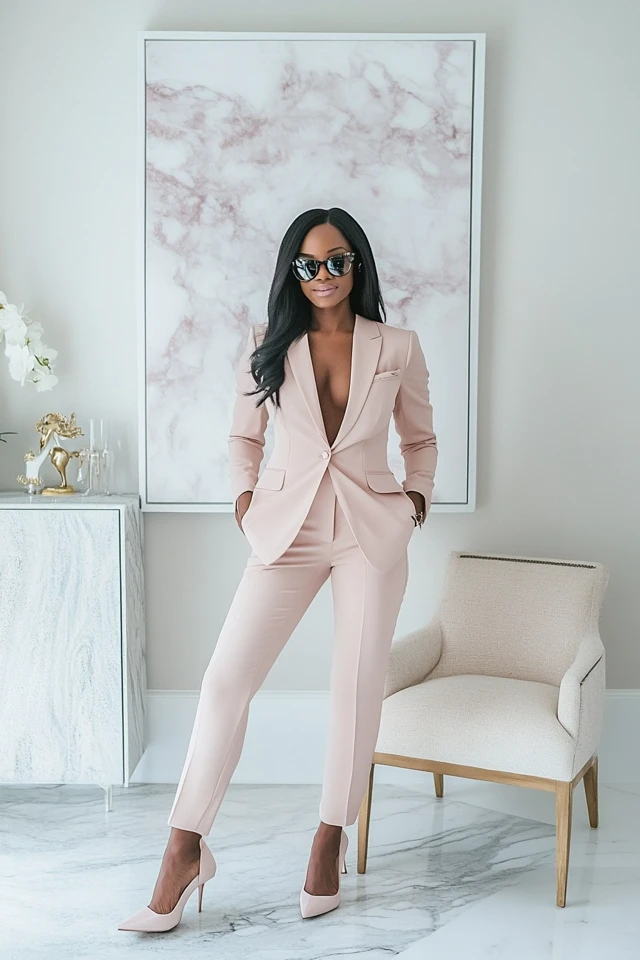
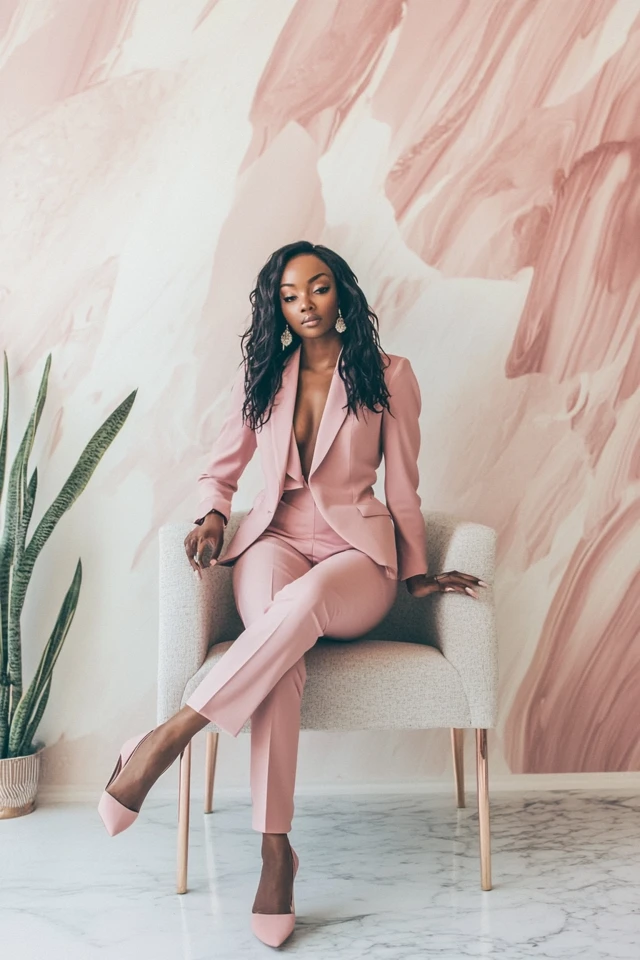
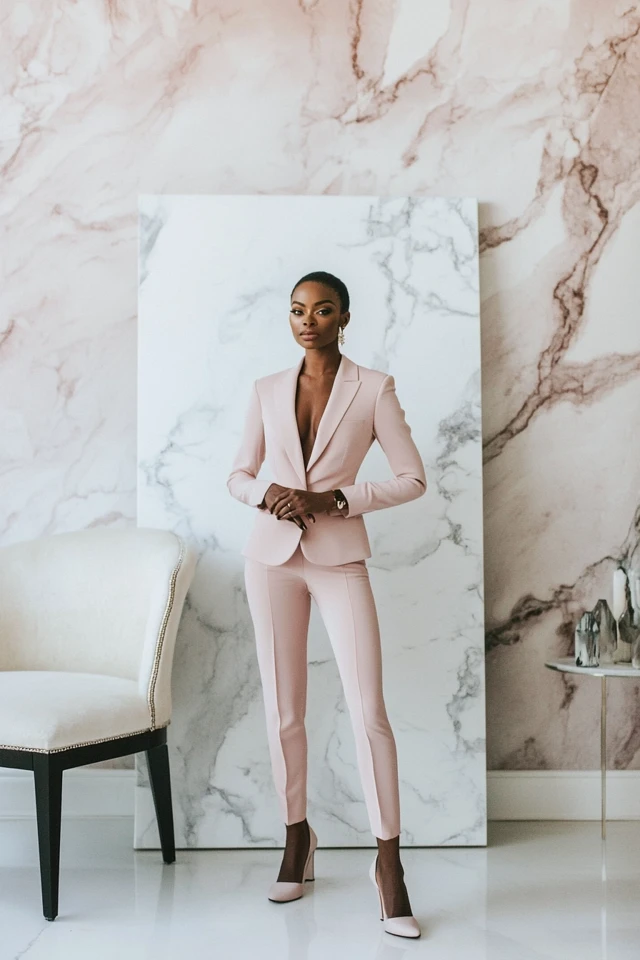
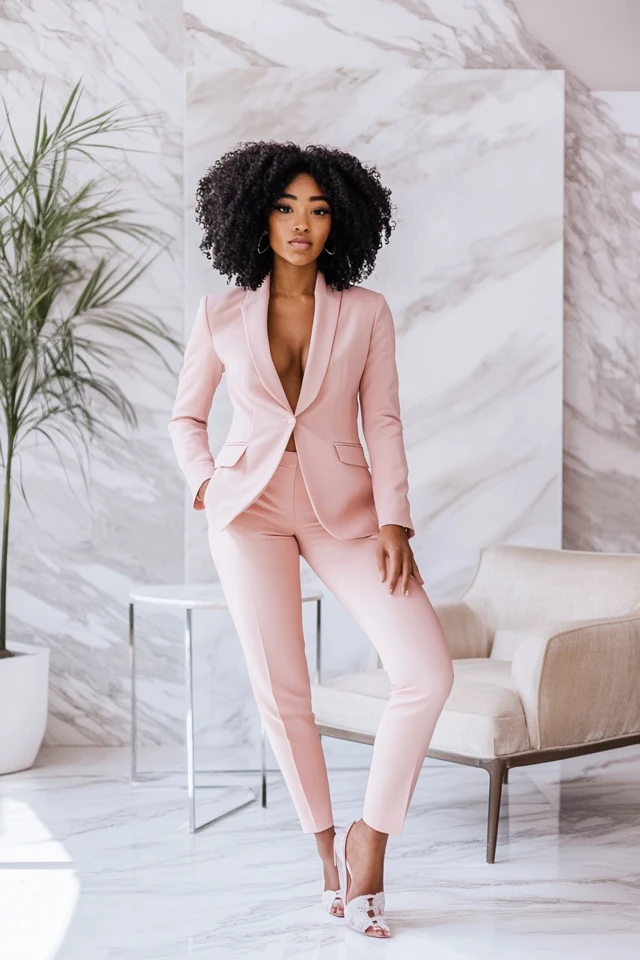
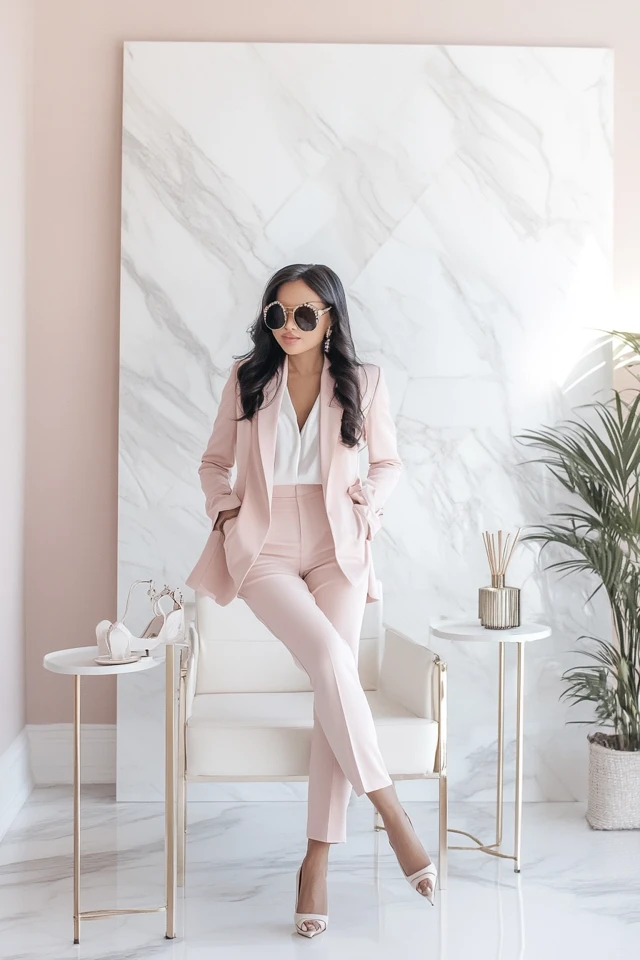
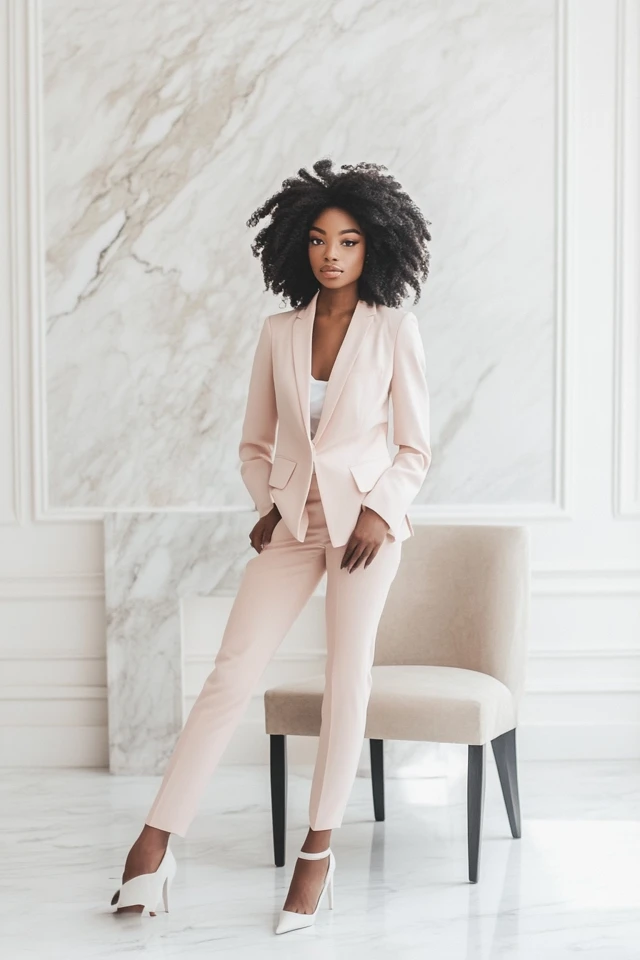
Current Trends & Timeless Classics
Trending Monochromatic Styles
- Tonal Neutrals: Think beige-on-beige or cream-on-cream ensembles paired with gold accessories for a modern, minimalistic look.
- Vibrant Pastels: Lilac and mint green have been big on runways, offering a refreshing take on monochromatic dressing for spring and summer.
- Head-to-Toe Leather: Leather outfits in a single color (e.g., black or caramel) create an edgy yet sophisticated vibe.
Timeless Monochromatic Combinations
- All-White Looks: A crisp white button-down paired with tailored white trousers and nude pumps is forever chic.
- Shades of Navy: Mix navy blazers, pants, and tops with subtle differences in tone for a polished, office-ready look.
- Camel Elegance: Pair a camel coat with matching wide-leg trousers and a knit sweater for a luxe, monochromatic winter outfit.
Practical Tips & Recommendations
Creating Depth and Dimension
- Play with Textures: Combine fabrics like silk, wool, leather, or cotton in the same color family to add interest. For example, pair a velvet blazer with satin trousers for a luxurious monochromatic evening look.
- Incorporate Patterns: Subtle patterns like pinstripes or tonal embroidery can add visual depth to your outfit while staying within the monochromatic theme.
- Layering is Key: Layering various pieces in slightly different shades can create a rich, multidimensional effect.
Accessorizing a Monochromatic Look
- Matching Accessories: Stick to accessories in the same color family for a seamless look.
- Metallic Touches: Add subtle metallic accents (gold, silver, or rose gold) for a touch of sophistication.
- Contrast Pop: If you want to break the monotony slightly, introduce one contrasting accessory, like a belt or clutch, in a complementary color.
Footwear Choices
- For a true monochromatic look, opt for shoes in the same color or a slightly darker/lighter tone.
- Nude heels or black pumps are fail-safe options for outfits in lighter or darker shades, respectively.
FAQs
1. Can I create a monochromatic look with patterns?
Absolutely! Choose patterns like stripes, plaids, or florals within the same color family to add visual interest while maintaining the monochromatic aesthetic.
2. Are monochromatic outfits only for formal occasions?
Not at all! You can rock monochromatic looks in casual settings too. Think all-denim outfits or a cozy knit set in soft gray for a relaxed yet chic vibe.
3. How do I avoid looking too “matchy-matchy”?
Balance is key. Incorporate different textures, tones, or subtle prints to ensure your outfit feels cohesive rather than uniform.
4. Can monochromatic dressing work with bold colors?
Yes! Bold colors like red, cobalt blue, or emerald green can make a dramatic statement. Just remember to vary the tones and textures for dimension.
5. What’s the easiest way to start wearing monochromatic outfits?
Begin with neutrals, as they’re the easiest to style. Try an all-black or all-beige look, then experiment with adding textures and layers.
Conclusion
Monochromatic outfits are the epitome of elegance, offering a harmonious and visually striking way to dress. Whether you’re aiming for minimalist chic or bold sophistication, this style is endlessly versatile and universally flattering.
Start small, experiment with textures, and don’t be afraid to step outside your comfort zone with colors you love. Fashion is a journey of self-expression, and monochromatic dressing is your blank canvas. So go ahead — curate your palette, layer with intention, and let your outfit speak volumes.
What’s your favorite color to style monochromatically? Share your looks in the comments or tag us online — we’d love to see how you create monochromatic magic!
